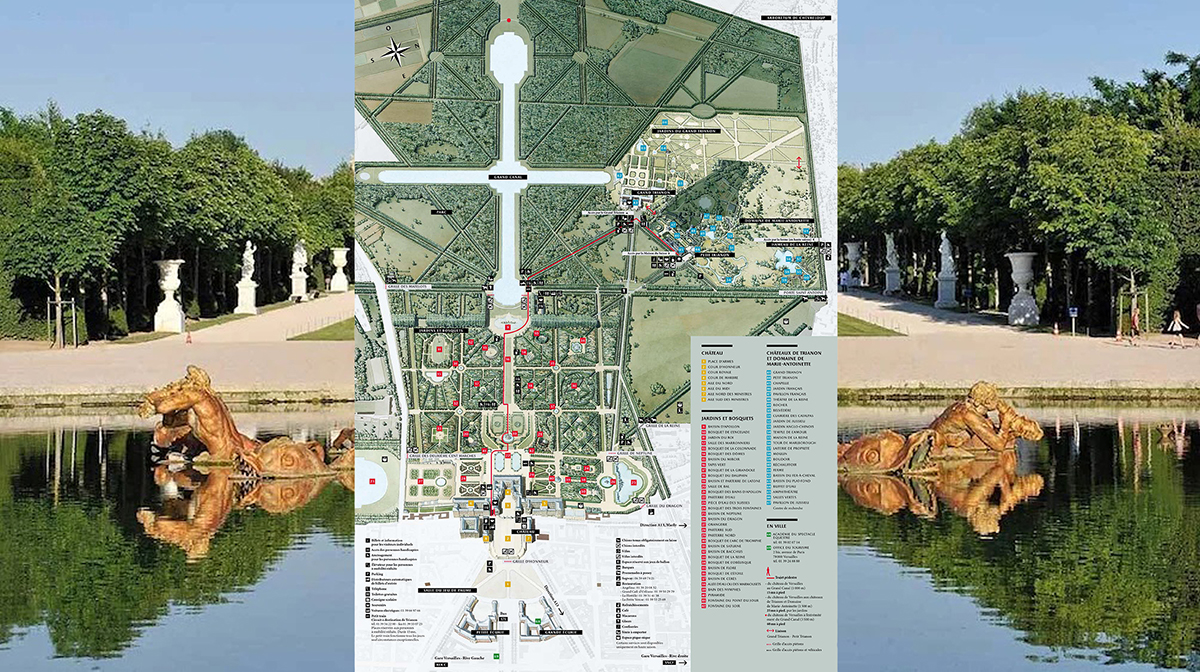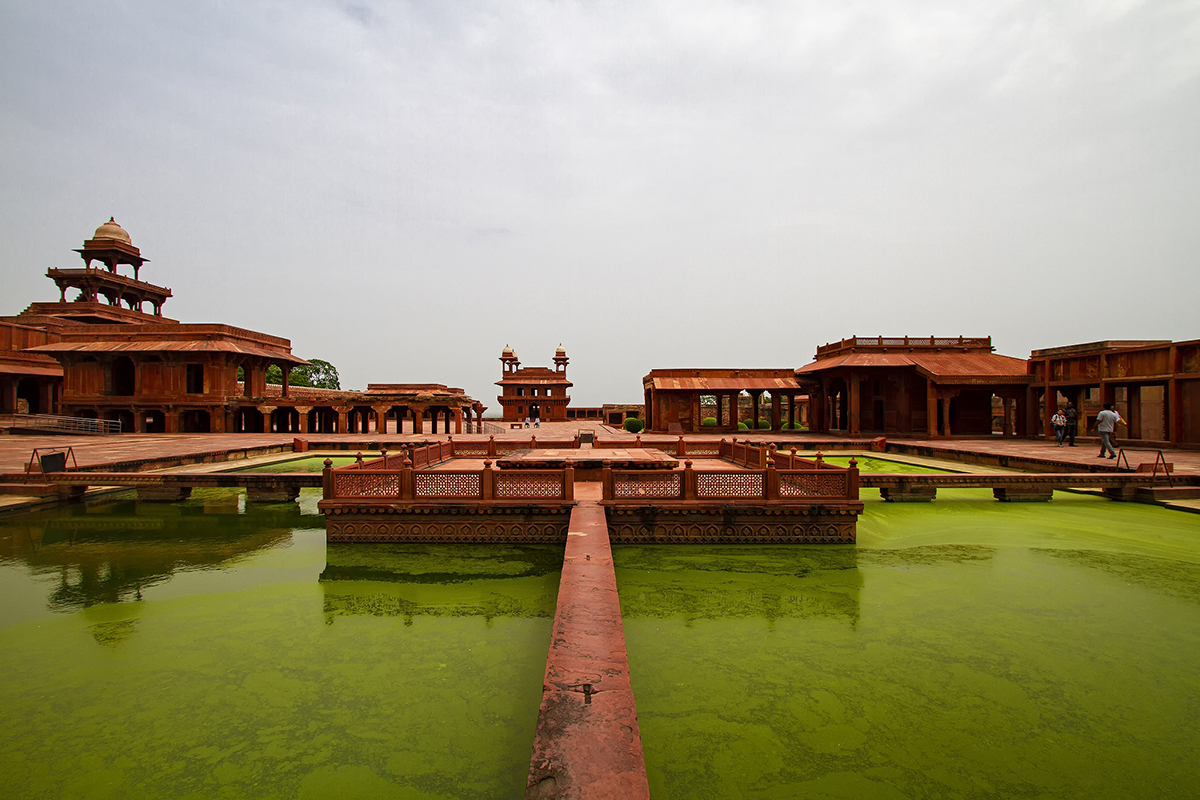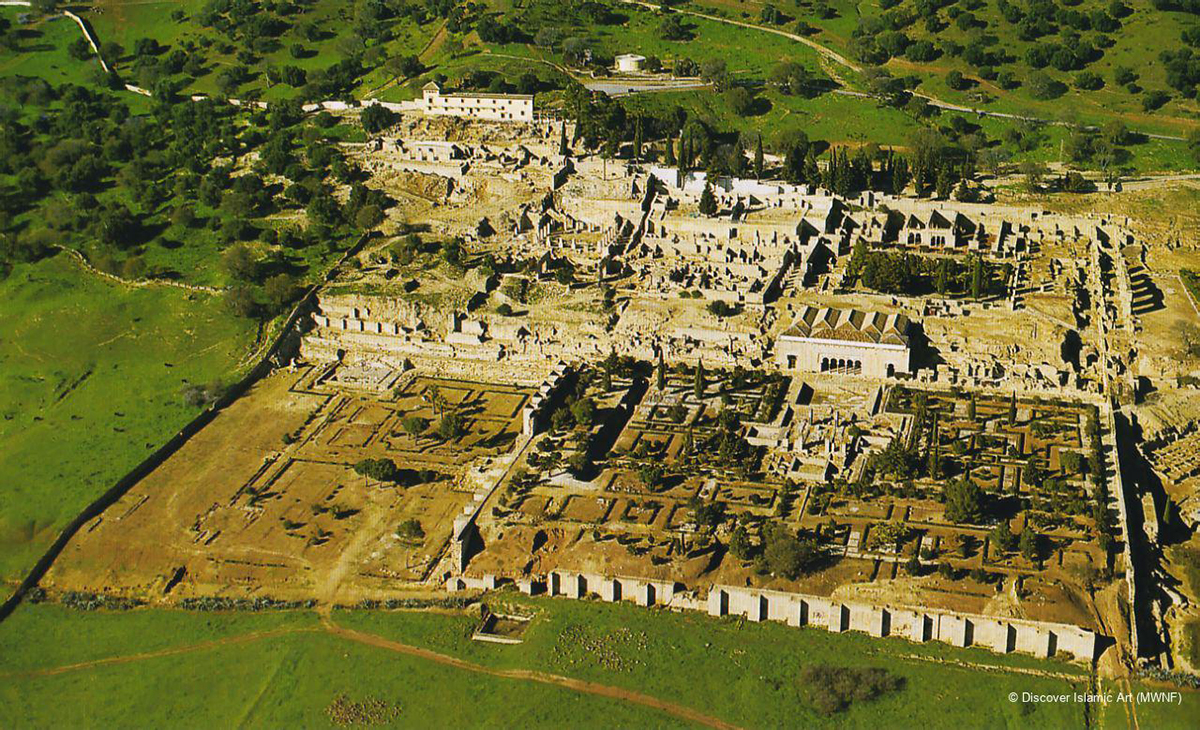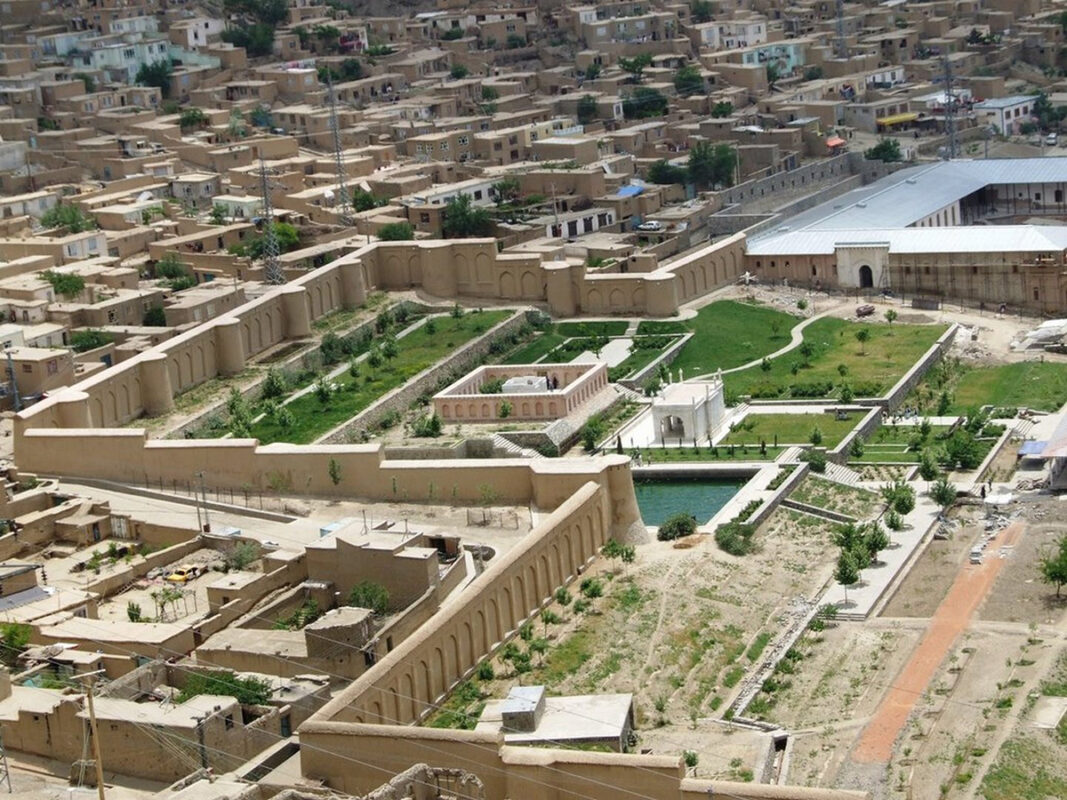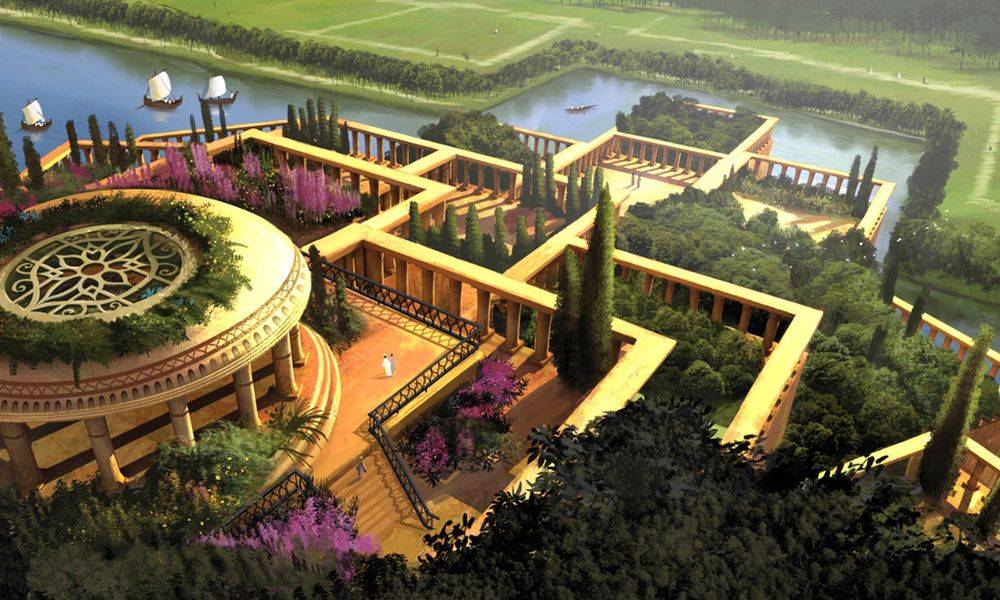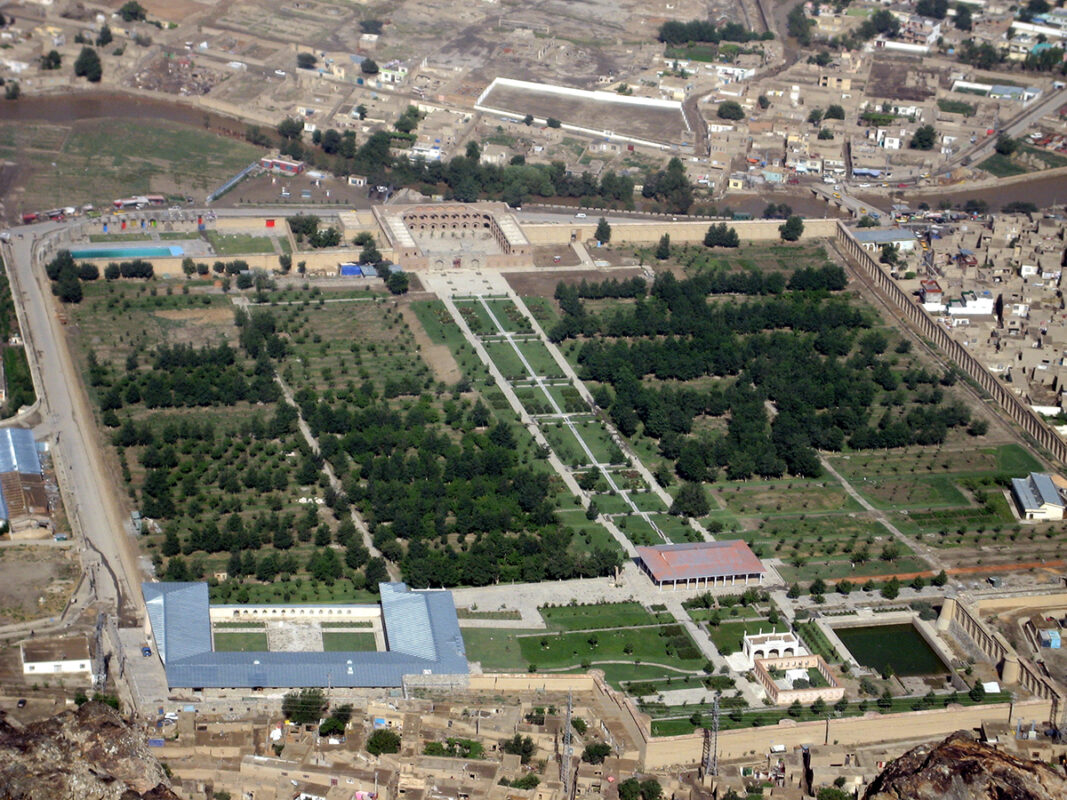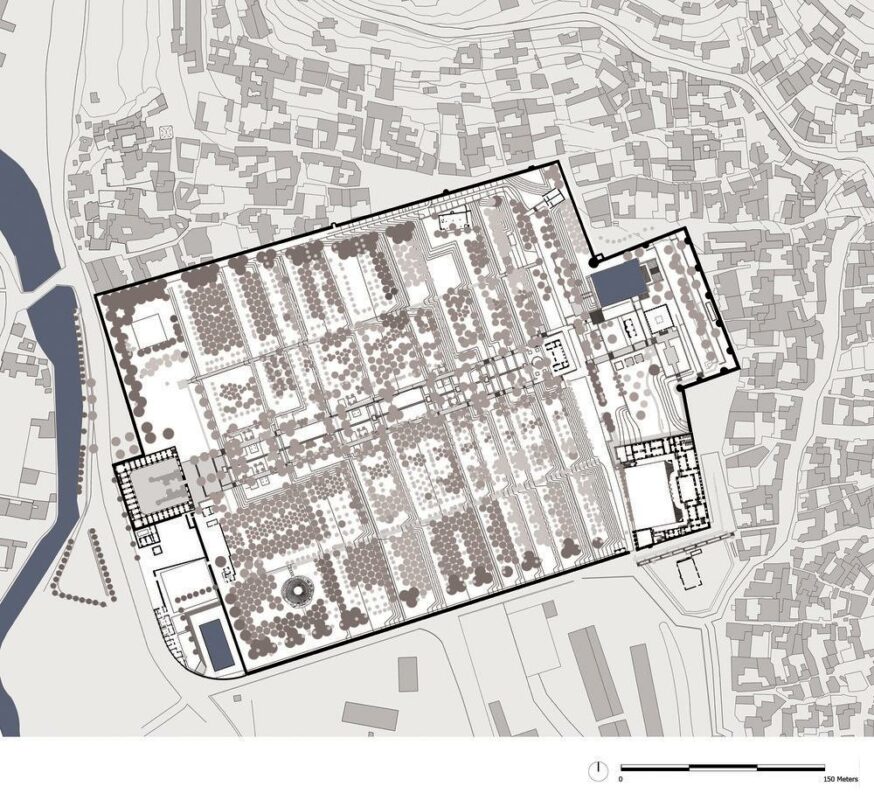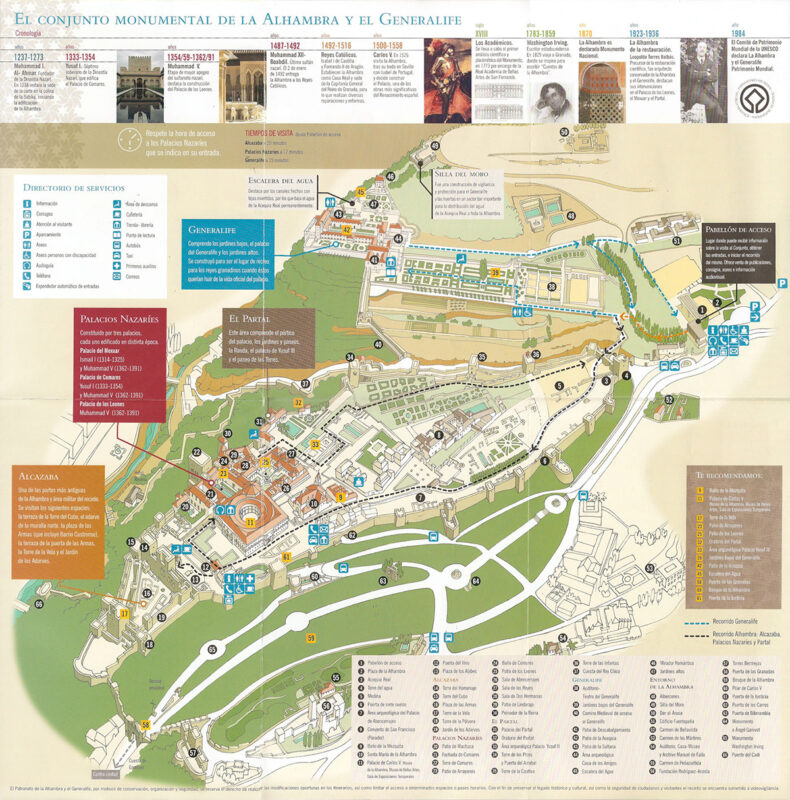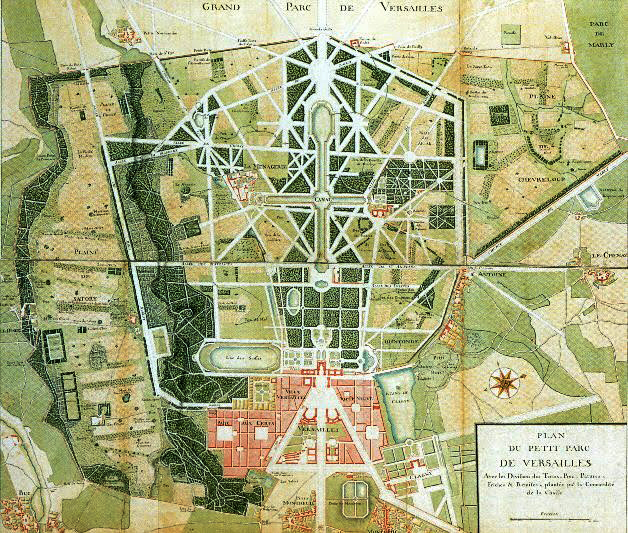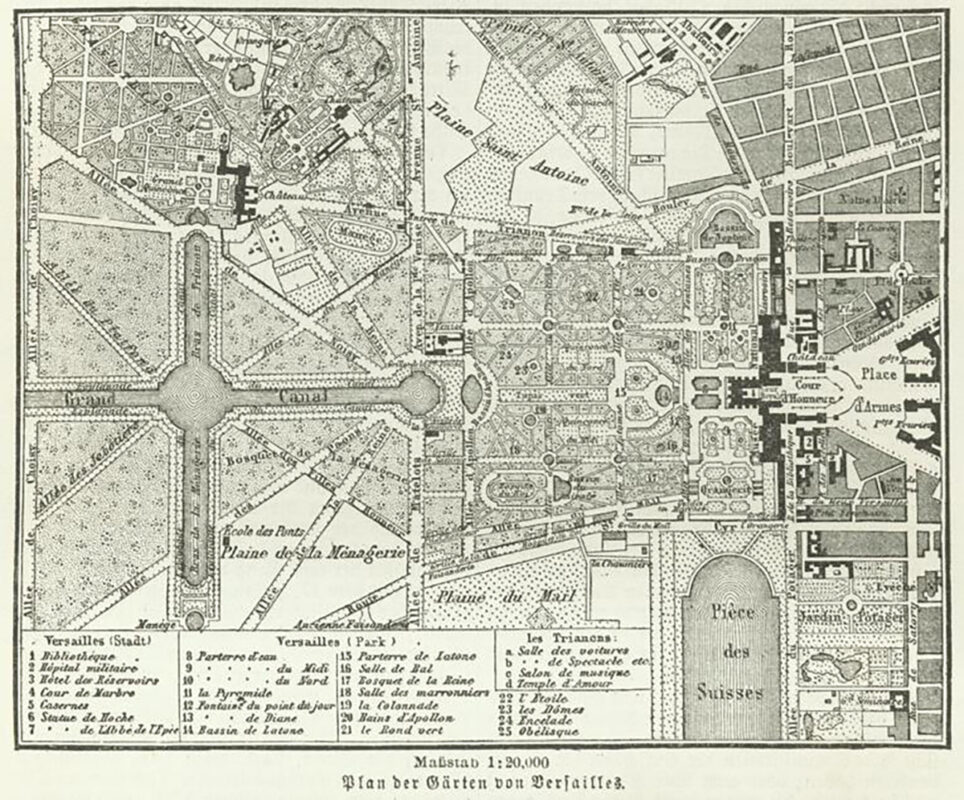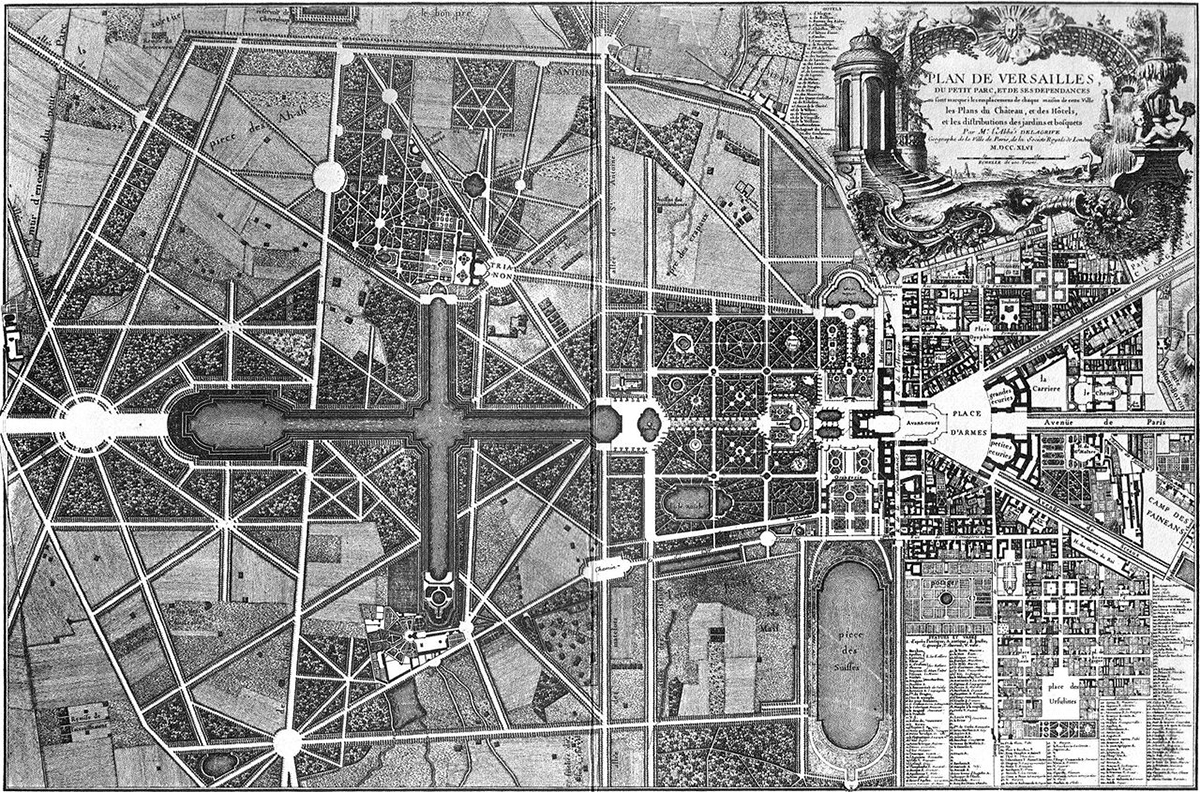The Garden of Misunderstandings: That’s why the landscape designer doesn’t exist!
Reading The Garden of Misunderstandings is not easy: cultured, reasoned, with historical quotations that continually take you to the internet. Furthermore, at one point, he argues that the landscape architect is a professional figure that does not exist as such “[…] The landscape cannot be the result of an individual action, because it is the fruit of geography and history […]” and again “[…] The success of the term <landscape architect>can be partly explained by the need to distinguish the professional figure of the designer from the manual figure of the <gardener>, and is today, in practice, irreplaceable, but beyond to be ideologically ambiguous has no conceptual legitimacy.” How to deny? It will mean that this figure will have to find a clear definition of his profession as a “garden architect”.
How to find the best gardening books
I’m really ignorant! Every now and then I go to a book-selling site and look for some on gardens. This time I bought “The Garden of Misunderstandings. Counter-history of the garden from Babylon to Land Art” by Guido Giubbini. I didn’t know Guido Giubbini and I had never heard of this book.
Reading it I realize that it can easily be considered a cult book of the history of the garden. Something you can’t not read either when you study or later.
But who is Guido Giubbini the author of “The Garden of Misunderstandings”?
This gentleman, born in 1941 and who founded the Museum of Contemporary Art in Genoa, wrote about the history and criticism of engraving and printing, the representation of the city and the territory and the art of the 19th and 20th centuries.
In the 1960s he bought a house with a garden and took care of it for twenty years after which he decided that in order to design the external space he had to study the subject in depth “the formal models that had followed one another in the various geographical areas and historical periods and which still influence, consciously or unconsciously, the appearance of the contemporary garden” (cit. from the book).
Like the most beautiful brains in the world, he takes it far away and starts studying styles not only in books, but also traveling around the world.
Traveling the world to see gardens with Guido Giubbini
“Thus I undertook a series of journeys, first of all to England, then to the rest of Europe, North Africa, the Near and Middle East, Central Asia, India, etc.”
And he discovers that the models reported in the books and which represent the basis on which the history of the European, English and American garden has evolved are not the real ones, but those that have already been modified or misunderstood or even mistranslated.
The Garden of Misunderstandings: Insights on the most important gardens in the world
What were the Hanging Gardens of Babylon? and where were they really?
For example, he discovers, or rather, realizes that today someone wants to convince us that the magnificent and technologically advanced Hanging Gardens of Babylon existed, but elsewhere and the book ‘the garden book’ (2000) immediately takes it for good. Mr. Giubbini then puts himself in a good buzz and looks for all the references and reconstructs the history of the time – summarized in the book – which refutes this acrobatic hypothesis.
What is Chahar Bagh Garden? And how is it related to the gardens of the West?
Or he discovers that the quadripartite Persian garden (Chahar Bagh) is not made up, as reported by all subsequent historiography, of a “square garden divided into four, with a basin or fountain in the center from which four small streams or, at least, four small avenues branch off in opposite directions […]”, but of “[…]a longitudinal garden with the usual central canal, flanked by two long plots of land divided into a series of square flowerbeds. And this will be, for all the following centuries, the typical layout of all the gardens of Safavid Persia (…), both of those of Mughal India (…)”.
He also discovers that what arrived to us as spaces linked to the concept of paradeisos or gardens of delight where people and animals lived in harmony with each other and with nature, were actually places for big game hunting.
Enclosed spaces for hunting gazelles but also lions and lionesses: a story and a reality much more gory than the one reported.
What do we Westerners care about Persian garden models?
That these erroneous models on which the western garden has evolved refer to a false myth and a little clarity and straightening of the route indications are always interesting not so much to correct what has already been done, but perhaps to proceed on new more inspiring paths for the future.
Why is it important to visit the gardens of the Alhambra?
Another interesting study is the one on the gardens of the Alhambra and Generalife (or of the Partal) of which he says that the most interesting and similar part to the original is the second, above all for the use of the water which is brought up to then go back down through small waterfalls, chains and ponds up to the enclosure wall.
“The Generalife, in fact, is probably the only surviving example of a type of garden once widespread throughout the Islamic world, that of the Garden of the Throne (Bagh-e Takht), of which unfortunately almost no material traces remain today .”
Who was Capability Brown and how did he get there?
History does not always return over time the figures who have distinguished themselves with due justice. One of these figures seems to be Capability Brown, a garden architect who, for having broken with the past and having “jumped the ditch” between formal and informal gardens, has historically been denigrated by reducing him to “the one who destroyed our English tradition of flower garden”.
This great professional instead interpreted a new era, abandoning small temples and statues and returning the main figure to nature.
“[…] Capability Brown rejected statues, inscriptions and small temples because he considered the allegorical and mythological programs underlying them heteronomous with respect to gardening: the garden had to speak with its own language, with the words of plants, water and grass , and the syntax of woods and glades.” (Lancelot <Capability>Brown and the natural landscape ‘Rosae’ magazine giu-lug 2003)
To find a lot of information about him I suggest you start here: https://it.wikipedia.org/wiki/Lancelot_Brown
What are the gardens of Versailles like? What is meant by English garden?
Another important insight done by Guido Giubbini in “The Garden of Misunderstandings” concerns the gardens of Versailles, but if I had to address all the topics covered in the book, I would take away much of the pleasure of reading it and instead it is worth doing, so be patient.
Why read “The Garden of Misunderstandings” by Guido Giubbini?
At the end of the book I feel honored to have been able to read it.
In this book the ability to think with one’s own head catches the eye. Guido Giubbini was not satisfied with the information he found and decided to go to the source to find out more. Maybe something didn’t add up to him, maybe an intuition put him on the streets of the world to explore the topics that were close to his heart. Perhaps his nature as a historian who delves into information has also come out in this case, and we just have to thank him for this pearl of knowledge that will allow us to delve into the topics he summarized in this book.
How I would have loved to interview this man, but at the ripe old age of 81 I don’t think he’s interested in this kind of commitment. In fact, perhaps more than interviewing him, I would listen to him in rapt silence as he tells me whatever he wants to tell.
The input of mondo del giardino
Publishing houses would make us very happy if they developed electronic book technology. I understand that right now it is not profitable to sell them because they are poorly protected from fraud, but we are talking about ecology, ease of reading and great saving of space at home. Evolution is needed!
The photos inserted are related to the book and therefore not all mentioned in the article, but useful when you “reed the book” 😊
Now on horseback! Work awaits us! Our new wonderful outdoor space is about to be born!
GOOD WORK and … if you have any questions please write to info@mondodelgiardino.com
Sources of images: the site of Madinat al-Zahra_Cordova from islamicart.museumwnf.org; The photos of the Babur garden are by lonelyplanet.com and Pinterest.it; the photo of the Babur Memorial Park and House Museum from uzbekistan.travel; the aerial view of Babur Garden is by hiddenarchitecture.net; the Throne Column of Fatehpur-Sikri from outlookindia.com; the Throne Island of Fatehpur-Sikri from indieroad.it; the plan of the gardens of Versailles comes from sites.google.com and it.map-of-paris.com; the view of the Alhambra Gardens in winter from alhambradegranada.org; a bird’s eye view of the Generalife from it.alhambraonline.org; the paseo de las adelfas from generalife.org; the plan of the gardens of the Alhambra are from alhambra.org.


